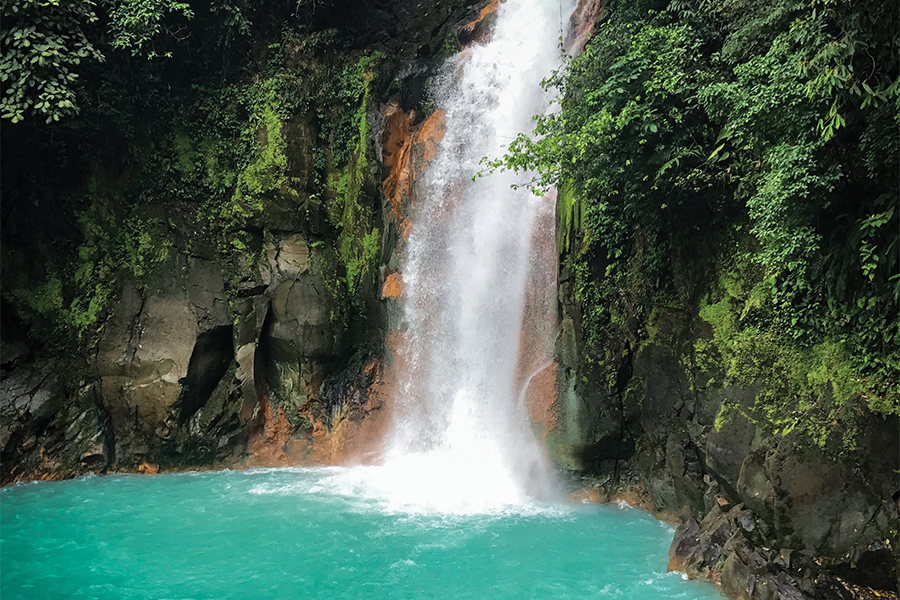Geocaching: The World's Largest Treasure Hunt

Geocaching is a real-world, outdoor treasure-hunting game that uses GPS technology to direct participants to a specific set of coordinates to find hidden containers called “geocaches,” or “caches.” Although geocaching sounds high tech, the experience isn’t like playing a video game. In fact, it is quite the opposite, as it requires participants to get outside, walk and explore, and discover new places. Geocaches are found in parks, urban areas, forests, deserts, on top of mountains and underwater—pretty much anywhere you can imagine.
Geocaching is an excellent activity for kids and adults of all ages, and it can be done individually or as a group. There are more than 3 million active geocaches worldwide, including more than 8,000 around Minneapolis. They can be found in 191 countries and on all seven continents (including Antarctica!).
Getting Started
Before you go geocaching, you’ll need to first create an account online at geocaching.com, or through the official Geocaching app, to view a map of geocaches near you. You’ll notice geocaches are listed by cache type, difficulty rating and cache size. For your first adventure, consider looking for a Traditional cache with a one-star difficulty rating and in a regular- or large-size container. You may want to check the cache listing to double check that geocachers have recently logged their finds, to make sure the cache is in place and findable.
Finding a Cache
Once you choose a geocache, use the Geocaching app to navigate to the coordinates. From there, you can use either the default navigation map or a compass view and follow the needle until the distance units are close to zero. When you get close, keep an eye out for the container, which can vary greatly in size and appearance. Caches may be hidden in anything from a large plastic container or a fake rock to a film canister or something even smaller. Geocaches are often disguised, so look for something that seems out of place—either on the ground or hiding in an object—and think like a detective. Always respect your surroundings, obey local laws and never damage property trying to find a cache.
Logging Your Find
When you geocache, it’s important to know what you may find in the container. A geocache will contain a logbook, which you should sign and return to the cache. Also, make sure to log your find on the Geocaching app or at geocaching.com. Geocachers may take something from the container but must leave something of equal or greater value in return. You might find such objects in caches as small toys, CDs and other knickknacks, but remember people of all ages hide and seek geocaches. Never place dangerous or illegal items in a geocache, and always leave the geocache exactly where you found it so the next person will be able to find it, too.
For more about geocaching, visit geocaching.com.





